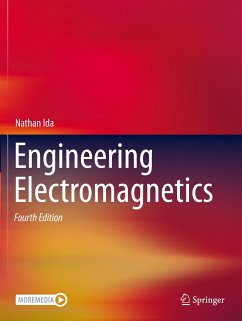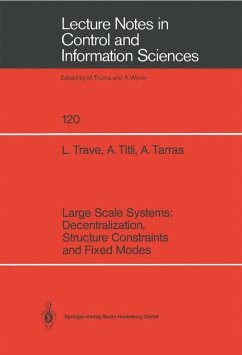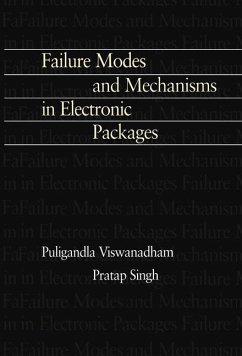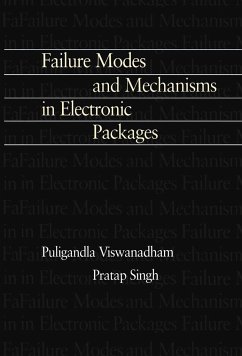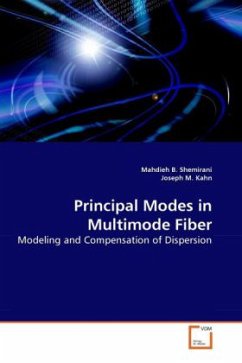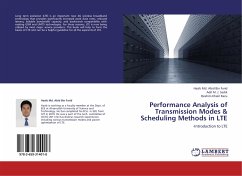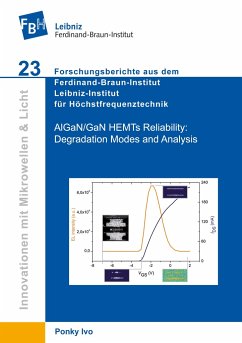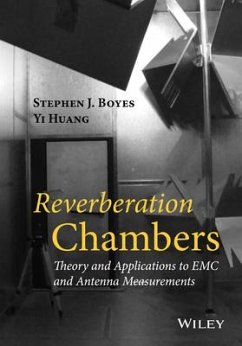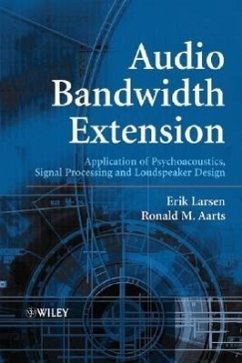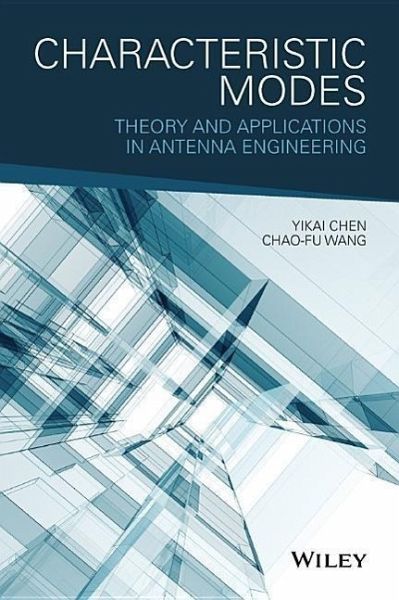
Characteristic Modes
Theory and Applications in Antenna Engineering
Versandkostenfrei!
Versandfertig in über 4 Wochen
131,99 €
inkl. MwSt.
Weitere Ausgaben:

PAYBACK Punkte
66 °P sammeln!
Describes how to systematically implement various characteristic mode (CM) theories into designs of practical antenna systems This book examines both theoretical developments of characteristic modes (CMs) and practical developments of CM-based methodologies for a variety of critical antenna designs. The book is divided into six chapters. Chapter 1 provides an introduction and discusses the recent advances of the CM theory and its applications in antenna engineering. Chapter 2 describes the formulation of the characteristic mode theory for perfectly electrically conducting (PEC) bodies and disc...
Describes how to systematically implement various characteristic mode (CM) theories into designs of practical antenna systems This book examines both theoretical developments of characteristic modes (CMs) and practical developments of CM-based methodologies for a variety of critical antenna designs. The book is divided into six chapters. Chapter 1 provides an introduction and discusses the recent advances of the CM theory and its applications in antenna engineering. Chapter 2 describes the formulation of the characteristic mode theory for perfectly electrically conducting (PEC) bodies and discusses its numerical implementations. Chapter 3 presents the CM theory for PEC structures embedded in multilayered medium and its applications. Chapter 4 covers recent advances in CM theory for dielectric bodies and also their applications. Chapter 5 discusses the CM theory for N-port networks and its applications to the design of antenna arrays. Finally, Chapter 6 discusses the design of platform-integrated antenna systems using characteristic modes. This book features the following: * Introduces characteristic mode theories for various electromagnetic structures including PEC bodies, structures in multilayered medium, dielectric bodies, and N-port networks * Examines CM applications in electrically small antennas, microstrip patch antennas, dielectric resonator antennas, multiport antennas, antenna arrays, and platform mounted antenna systems * Discusses numerical algorithms for the implementation of the characteristic mode theories in computer code Characteristic Modes: Theory and Applications in Antenna Engineering will help antenna researchers, engineers, and students find new solutions for their antenna design challenges. Yikai Chen is a Research Scientist of Temasek Laboratories at National University of Singapore (TL@NUS), Singapore. His current research interests focus on the characteristic mode theory and its applications in antenna engineering. Dr. Chen is a Senior Member of the IEEE and IEEE Antenna and Propagation Society. He is the recipient of the 2013 National Excellent Doctorate Dissertation Award of China. Chao-Fu Wang is a Principal Research Scientist of Temasek Laboratories at National University of Singapore (TL@NUS), Singapore. Dr. Wang is a Senior Member of the IEEE and served on the IEEE Singapore MTT/AP and EMC Chapters as Committee Member, Secretary, Treasurer, and Vice Chairman from 2003 to 2012. He served as Chairman of the IEEE Singapore MTT/AP Chapter in 2013.




